Mr. Phan Ngoc Trang (right) introduces the carrageenan seaweed variety - Photo: HN
Lots of growth potential
The sea area of Vung Chua - Yen Island (Phu Trach commune) is hundreds of hectares wide, quite sheltered from the wind and not located on the shipping route, so it is very convenient for developing marine aquaculture.
Mr. Cao Minh Thai, Director of the Vung Chua - Yen Island Marine Production and Trade Cooperative, is one of the pioneers in implementing the cobia farming model at sea. Mr. Thai shared: “In 2022, the Department of Fisheries (now the Department of Fisheries and Fisheries Control, Department of Agriculture and Environment) implemented a project to support people in implementing the cobia farming model using plastic cages at Vung Chua - Yen Island. Accompanying the people, the department sent staff to supervise the implementation of the model, inspect the field, guide the technical process... Thanks to that, an increasingly large-scale aquaculture area has been formed at sea”.
In recent years, some aquaculture areas in Quang Tri have faced many potential risks due to increasingly complex climate change and environmental pollution that has degraded farming areas. Faced with this situation, the search for suitable livestock to diversify aquatic species, contributing to improving economic efficiency has been effectively implemented in some localities. From only raising cobia, aquaculture households in the sea of Vung Chua - Yen Island have expanded to many other types of livestock, such as: grouper, rabbitfish, lobster, snails...
“The cobia farming model is quite economically efficient, however, if only one type of fish is raised, when risks arise due to disease or unstable prices, farmers will suffer huge economic losses. Therefore, we need to diversify livestock to ensure the economic aspects of the livestock,” explained Mr. Phan Ngoc Trang, a member of the Vung Chua - Yen Island Marine Production and Trade Cooperative.
Through research and seeing the potential of ocean oysters and milk oysters, in early 2025, some households in Phu Trach commune started a trial farming of this oyster variety in the sea area of Vung Chua - Yen Island. On average, each oyster farm is about 600m2 wide, with about 5,000 oyster seed growing media strings.
During the farming process, oysters do not need to be fed because oysters' food is mainly single-celled algae and organic matter suspended in water. Farmers only need to monitor and clean to limit organisms that attach to them, causing slow growth of oysters. Ocean oysters and milk oysters can be harvested after about 7-8 months of farming. Each mature oyster vine has about 30-40 oysters, weighing from 10-15kg.
According to the commitment of the product purchasing units, oysters will be purchased directly from the rafts with a selling price ranging from 20,000 - 25,000 VND/kg; if sold retail to traders, it will be about 30,000 - 35,000 VND/kg. Seeing the potential of raising ocean oysters and milk oysters, currently in the sea area of Vung Chua - Yen Island, there are 18 households participating in oyster farming with a total area of about 3,000m2 .
Director of Vung Chua - Yen Island Marine Production and Trade Cooperative, Cao Minh Thai added: "To diversify farming objects suitable for local natural conditions and gradually replace ineffective livestock, from January 2025, Mr. Trang and I have piloted a model of growing carrageenan with an area of over 800m2 .
This is a species of seaweed with economic value, which can be processed into foods with high nutritional content. After more than 6 months of experimental farming to expand the model, it has been shown that the carrageenan plant grows well and adapts to the environmental conditions here. Realizing the economic development potential of carrageenan, currently 18 members of the Vung Chua - Yen Island Marine Production and Trade Cooperative are focusing on breeding and preparing rafts to implement the model to develop a large-scale carrageenan farming area.
There are still difficulties
The model of aquaculture at sea not only solves jobs but also creates a fairly high income for farmers because in general the products have stable selling prices and large market demand. The annual profit is about 200 - 500 million VND/household depending on the farming area.
Aquaculture cages at sea - Photo: HN
“Sea aquaculture brings high economic efficiency, contributing to the regeneration of coastal aquatic resources. However, the development of this profession in Phu Trach commune is still facing many difficulties and challenges. The aquaculture planning area is only licensed for 5 hectares, limiting the expansion of the area while this area has up to 25 households participating in aquaculture belonging to the Vung Chua - Dao Yen Marine Production and Trade Service Cooperative (18 members) and Dao Yen Seafood Cooperative (7 members).
In addition, the infrastructure for transporting food and products to shore is not yet available. This sea area also has the potential risk of water pollution because there are many factories and enterprises operating around the area. Faced with these difficulties, synchronous solutions are needed for the marine aquaculture industry to develop stably, safely, sustainably and effectively," Mr. Trang added.
To develop aquaculture at sea in Vung Chua - Yen Island, the Department of Fisheries and Fisheries Control will accompany households in supporting cages, breeds and providing technical guidance to encourage people to continue expanding the area and diversifying livestock.
At the same time, orienting the construction of production linkage models according to the value chain from supplying materials, breeds to consuming products to increase production value, control the origin and quality of products, to build sustainable marine aquaculture areas.
Le Hoai Nam
Source: https://baoquangtri.vn/da-dang-vat-nuoi-tren-vung-bien-196057.htm


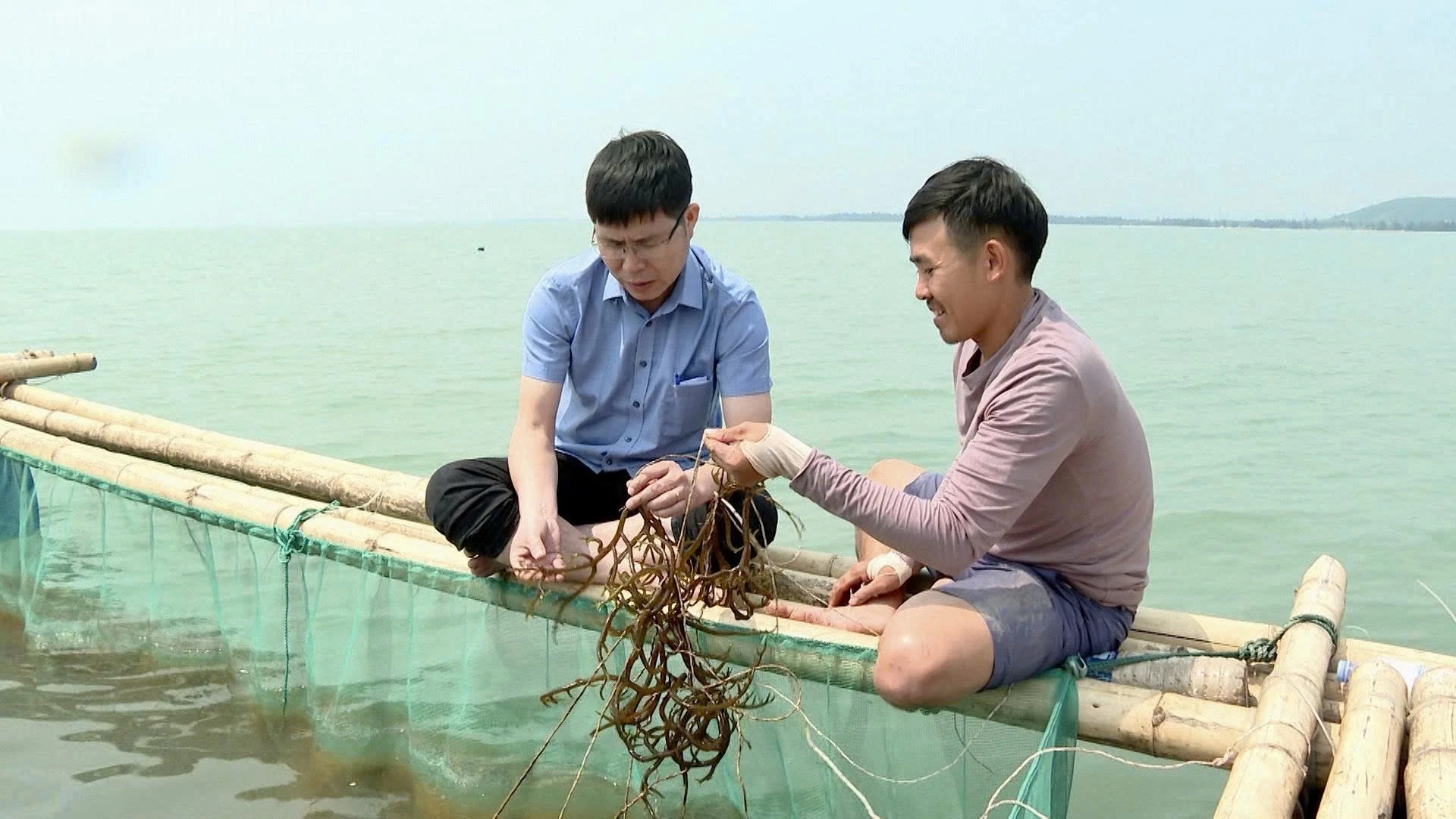
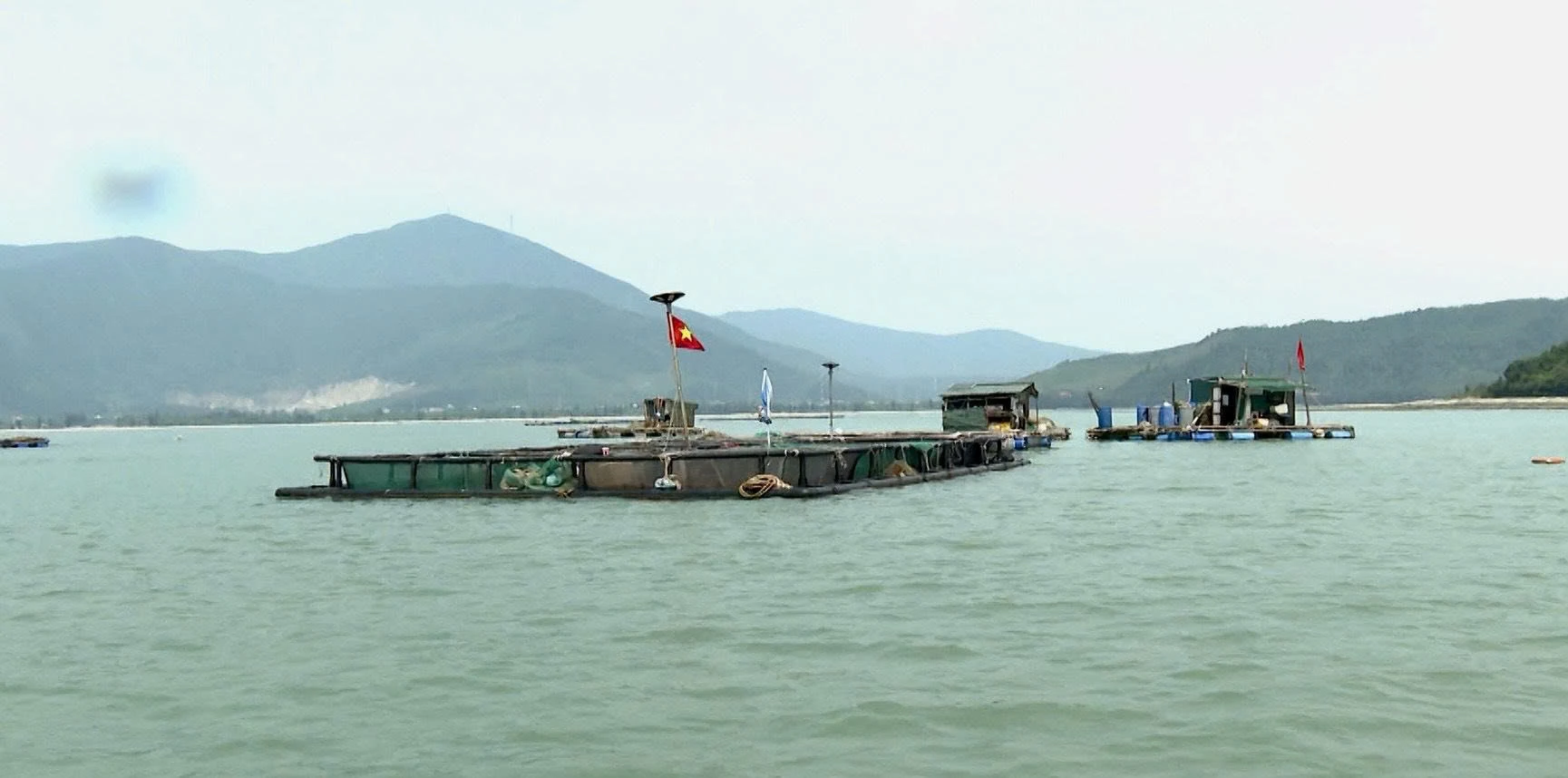
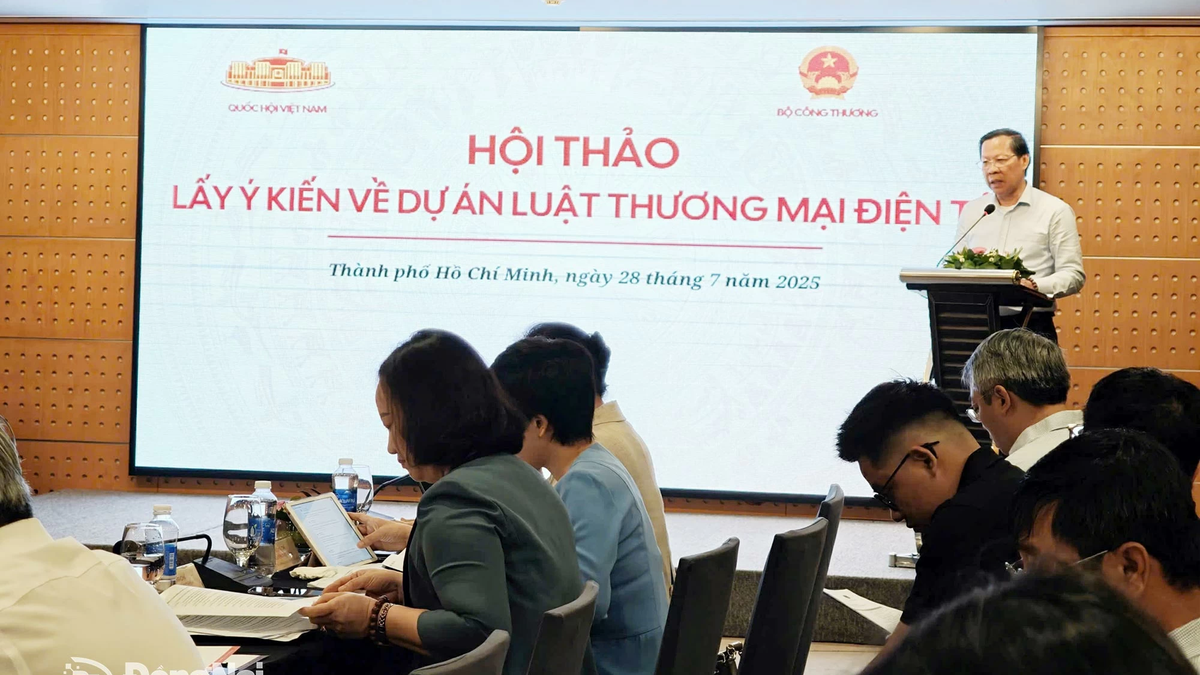
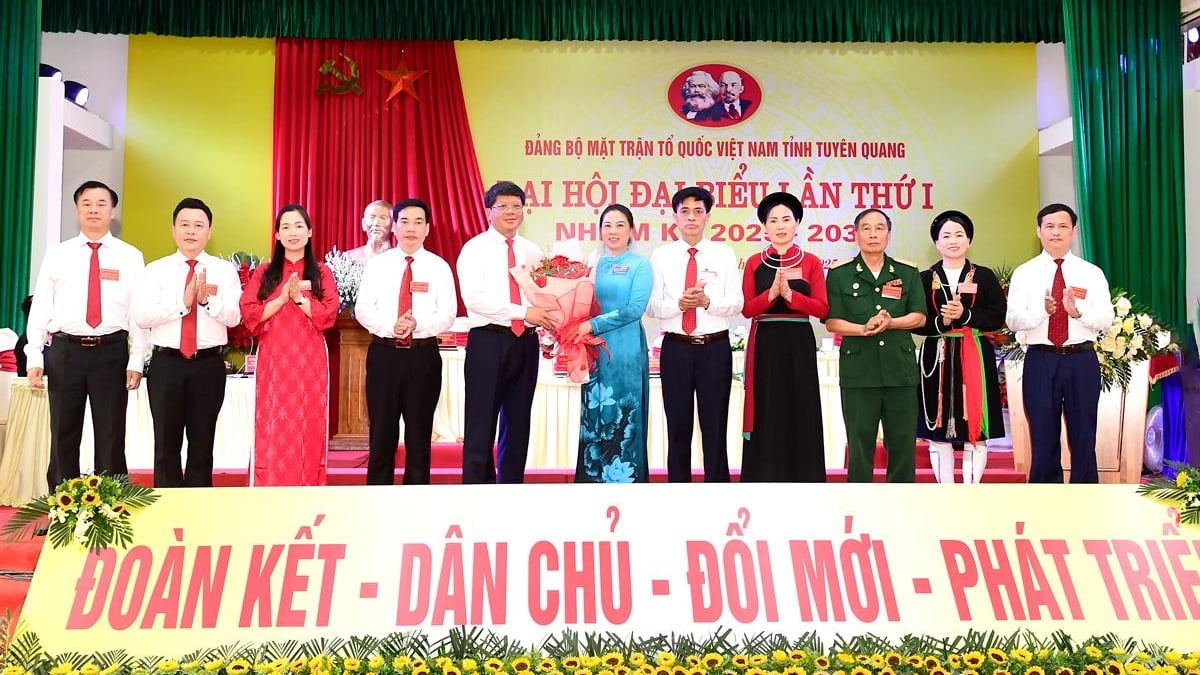


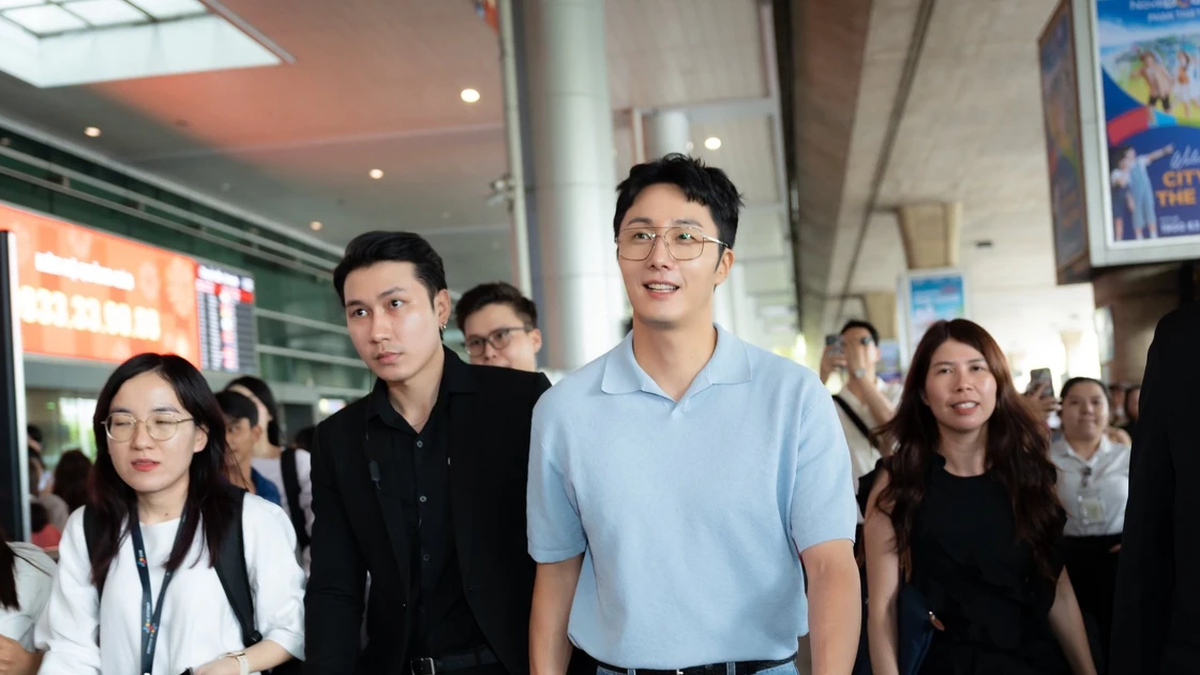
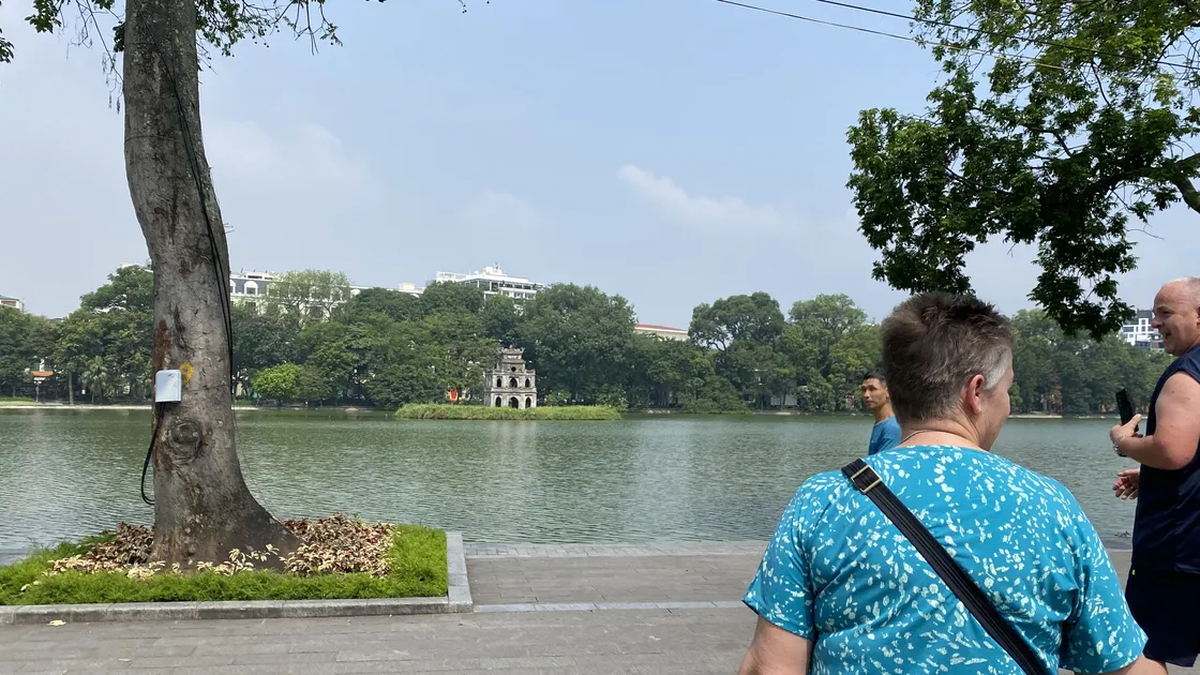
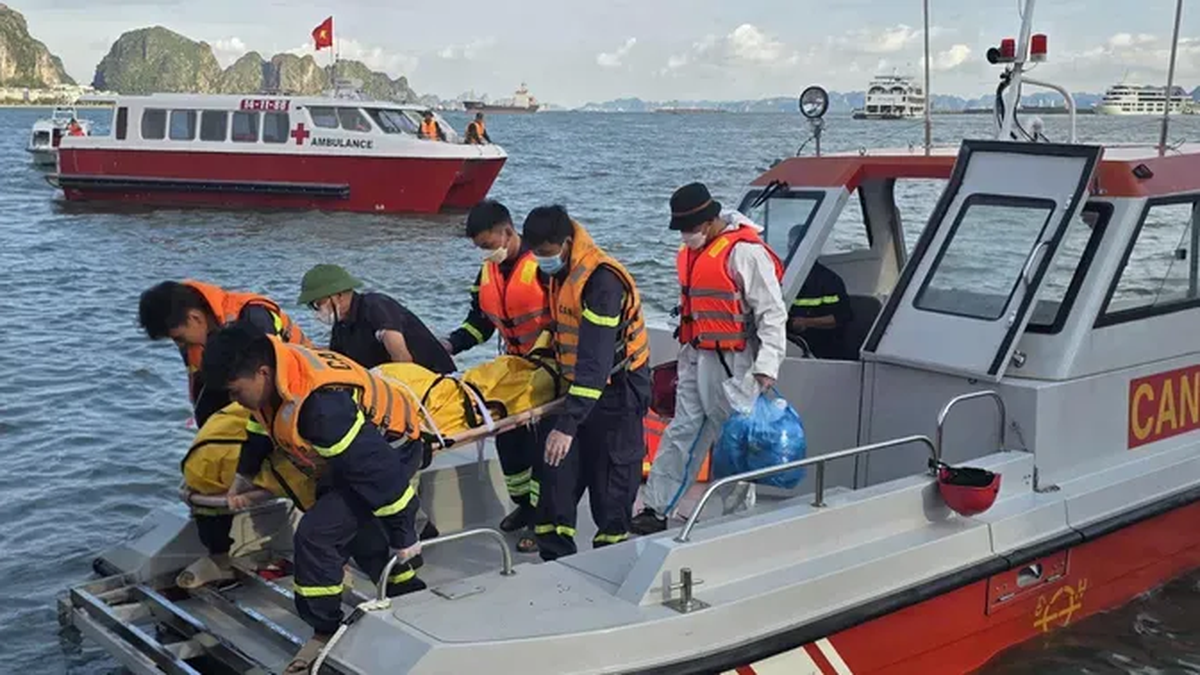
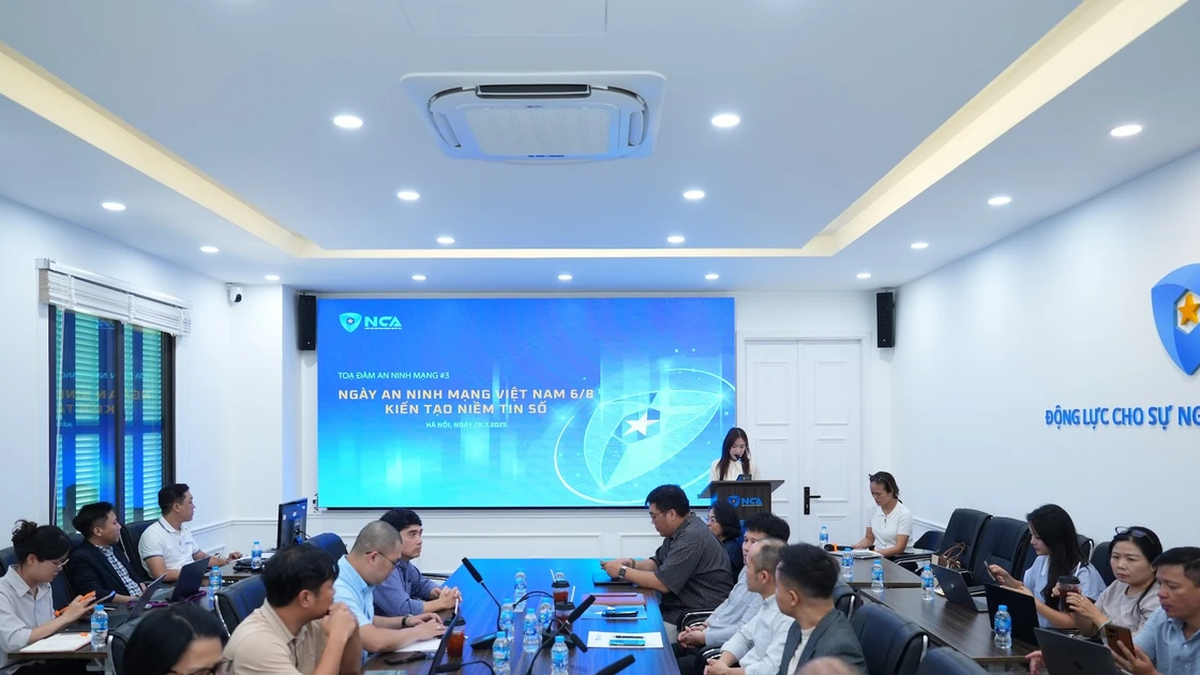

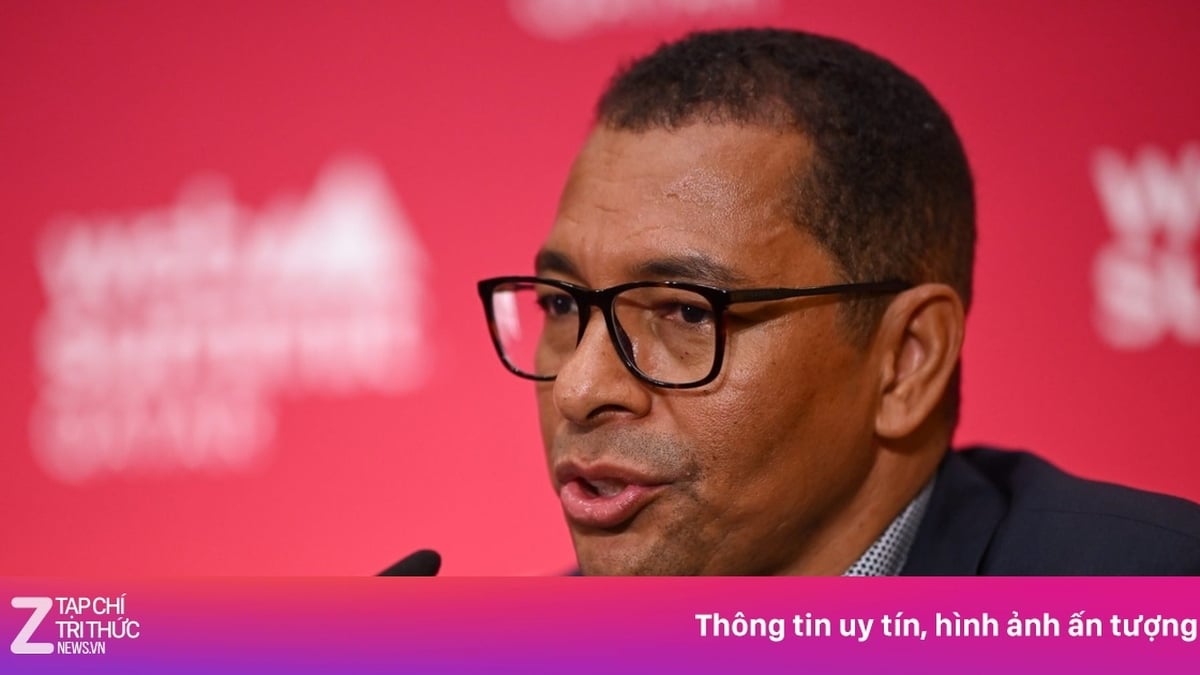











![[Photo] National Assembly Chairman attends the seminar "Building and operating an international financial center and recommendations for Vietnam"](https://vphoto.vietnam.vn/thumb/1200x675/vietnam/resource/IMAGE/2025/7/28/76393436936e457db31ec84433289f72)








































































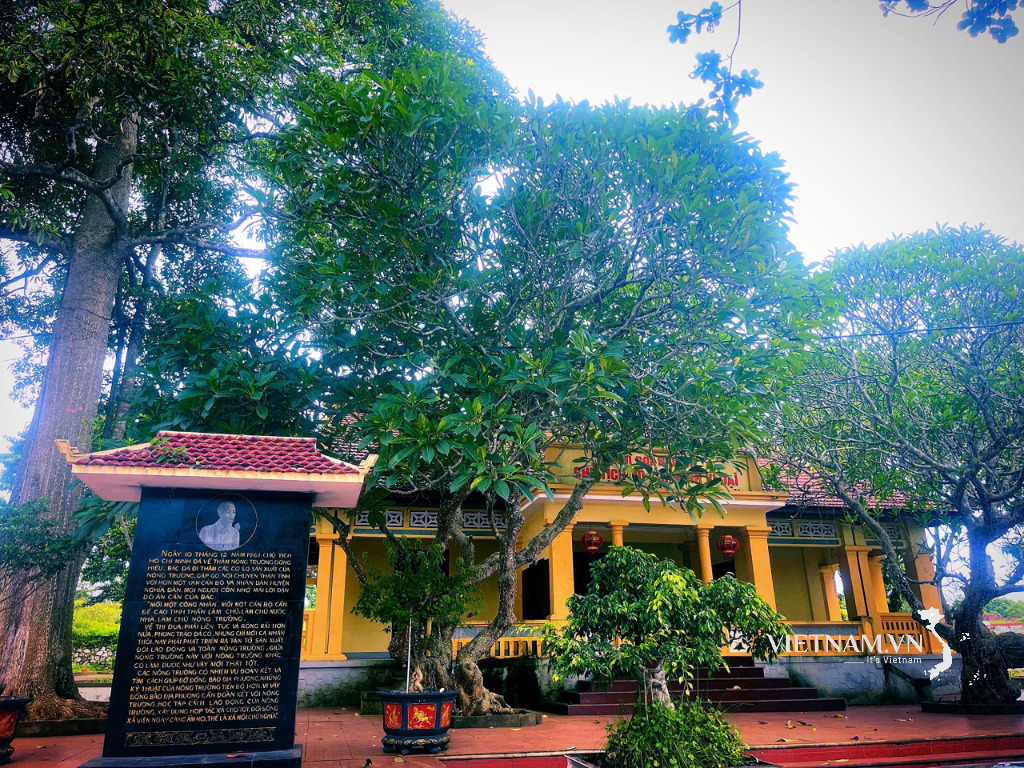


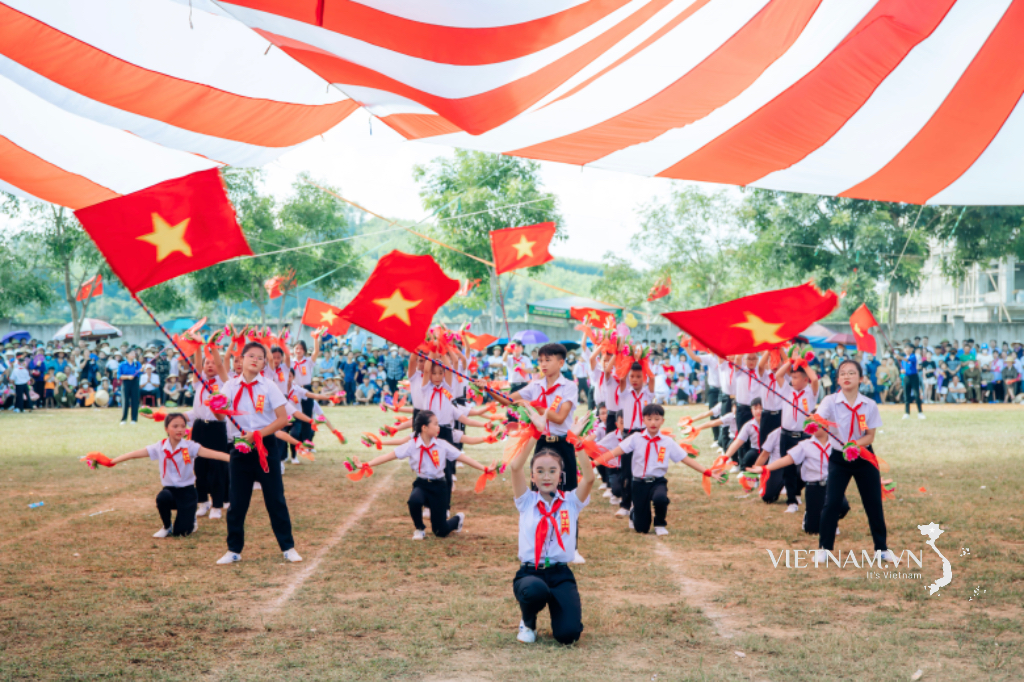
Comment (0)